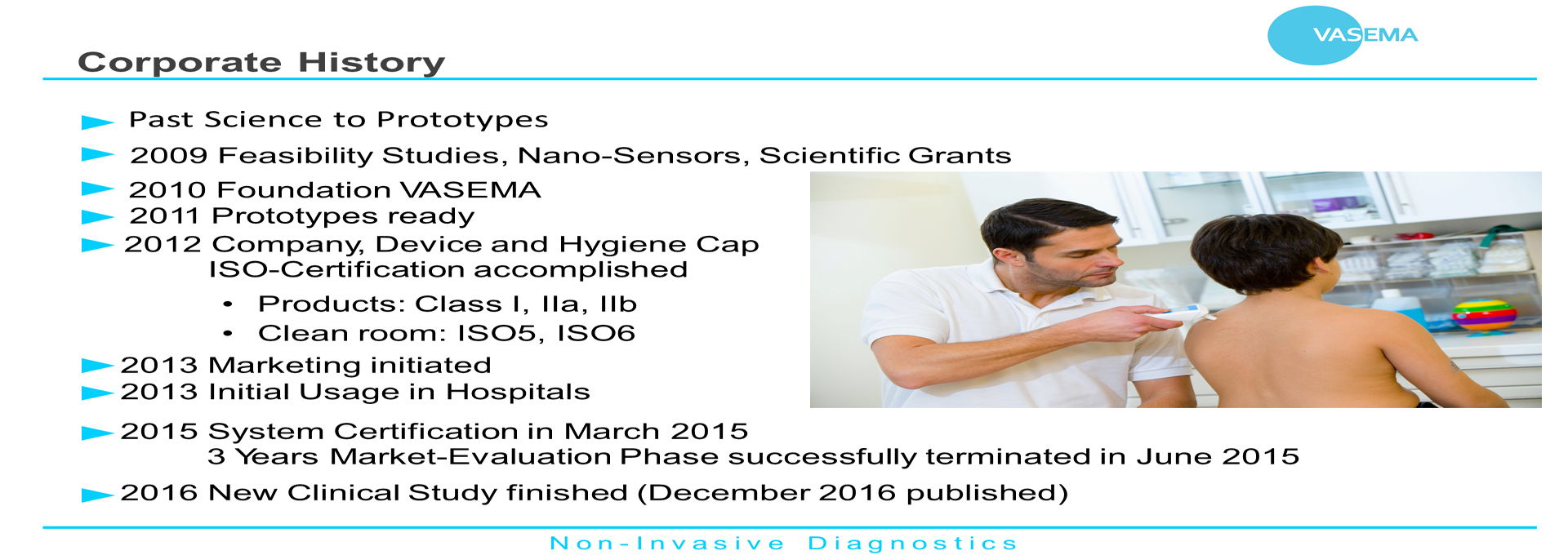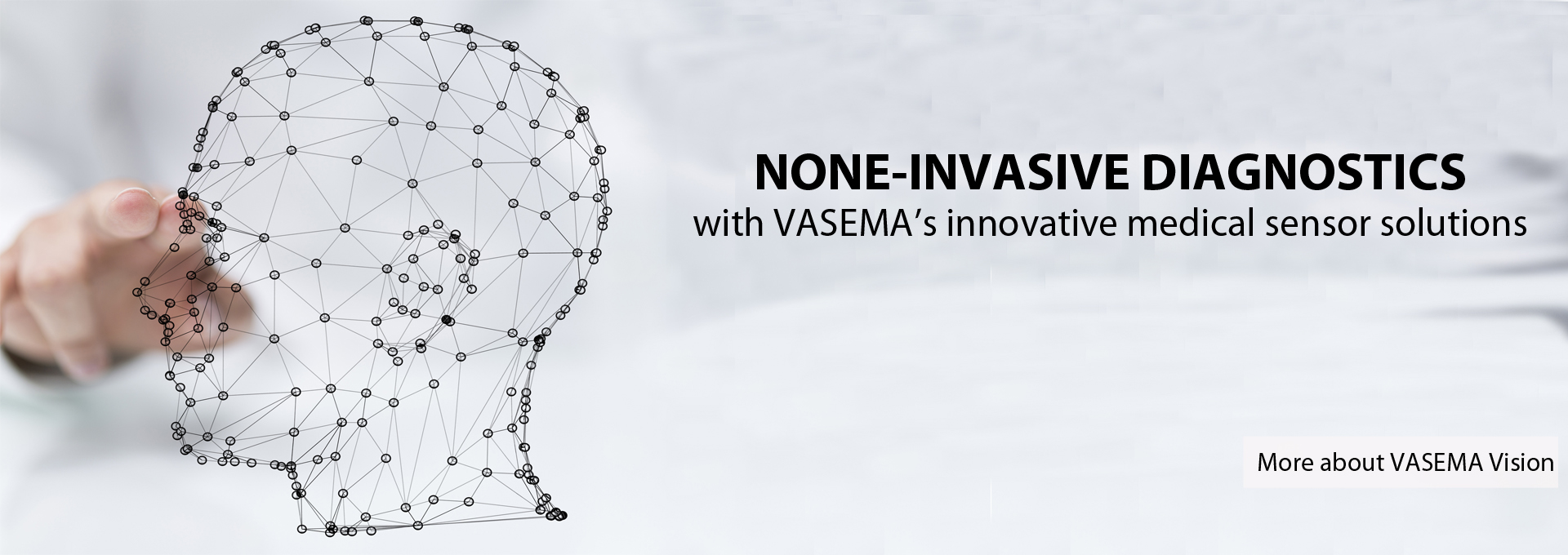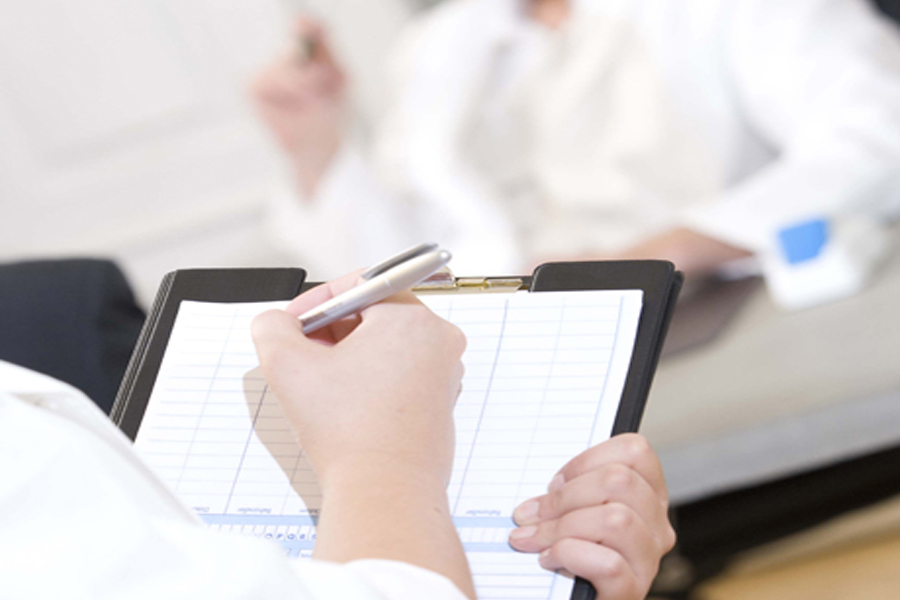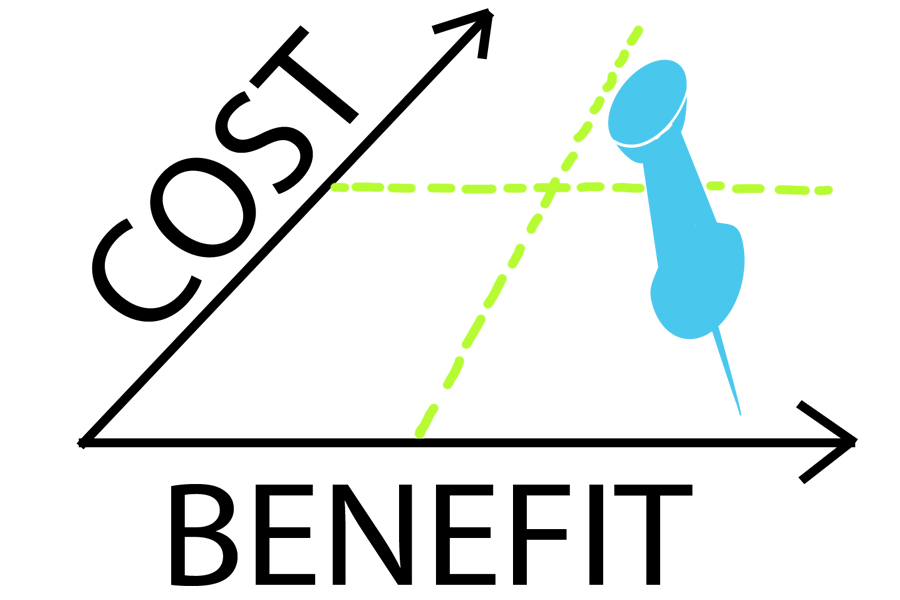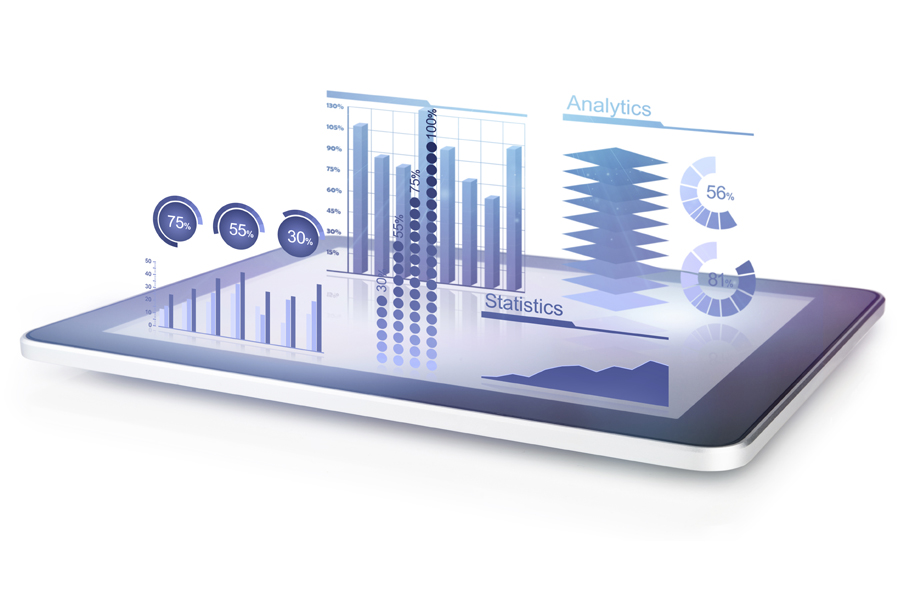Non-invasive Diagnostic for your Health
Studies and other scientific input confirmed the following TEWL indications:
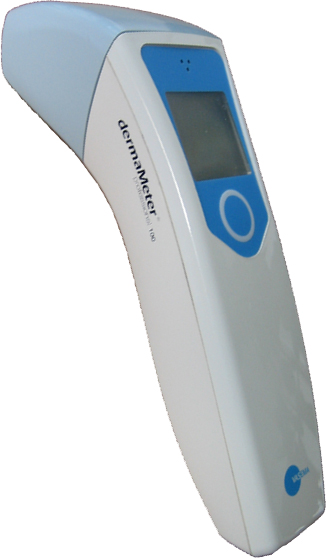 |
▶ Decubitus ▶ Adult stem cell detection ▶ Infections that alter the skin's appearance ▶ Monitoring of wound healing (e.g. chronic wounds, burn wounds) ▶ Diabetic Foot (Early detection, therapy Monitoring) ▶ Psychiatric diseases (e.g. depressions, burn out) ▶ Severe skin diseases (e.g. atopic dermatitis, psoriasis, Ichthyosis, Rosacea) ▶ Pain detection (Pain that feel through the skin are detected objectively) ▶ Dehydration (Early detection, therapy Monitoring) ▶ Incontinence (Monitoring of the Skin) ▶ Carcinoma ▶ Dialysis (Dialysis influences skin Problems) ▶ Infections (e.g. HIV Risk Detection, Ebola) ▶ Neglect (e.g. bathing and hygiene) ▶ Tropical diseases, that affecting the skin |
Decubitus
A decubitus ulcer is a region of local damage to the skin and the underlying tissue. It is also called pressure ulcer, wound ulcer or ulcer. The term "decubitus" also has the same meaning. In many countries the decubitus is a criminal offense and a bodily injury, which is also prosecuted as civil law. It is characteristic of the quality of care and by measurements an individual decubitus risk can be determined. We offer complete solutions for hospitals, nursing homes, geriatric centers, home care. In booklets and Whitepapers actual knowledge, cost savings and applications are summarized.
We offer starting of prevention, diagnosis, as well as therapy monitoring a complete solution for all decubitus phases and we cut down the costs of 90%.
Adult stem cell detection
With the targeted use of adult stem cells, medicine expects revolutionary success in the treatment of the most severe diseases. The aim is to replace diseased or damaged cells with a healthy transplant. Initial assignments show success and the search and discovery of adult stem cells is extremely important. An easy access of adult stem cells is the skin. The company VASEMA GmbH provides assistance with the search. If you are interested in a particular task / function, application, you can contact us at any time. Research equipment can be supplied with special functions.
Infections (Infections that alter the skin)
Infections are caused by different pathways. Generally speaking, infections are spread in the form of a droplet infection over the nose and mouth. Another transfer value often occurs unnoticed by the skin. Once skin damage is present, the risk of infection increases through the respiratory system skin. Since human skin has the most contact with substances in everyday life, infections and infections are often transmitted in the form of a contact or lubrication infection, infection by blood and tissue, infection by contaminated water during bathing and showering, as well as particles that are spread out of the skin. If an infection has already arisen, in many cases an inflammation of the skin takes place visually or optically visible, which can be measured.
Wound healing, as chronic wounds, burn wounds
Wounds are beside infections danger also annoyance of basic function and place a reduction of quality of life not only for patient concerned as well for environment. An objective assessment of wounds through measurements is simple practical.
Diabetic foot (Early Diagnosis, Therapy monitoring)
The diabetic foot syndrome (DFS), also known as "diabetic foot", is a syndrome associated with diabetes mellitus, which is most common in patients with type 2 diabetes (so-called sugar disease).
Prevention in time is a concern of the company VASEMA GmbH, since an annual "foot check" by measurement enables the risk profile and a timely delay or prevention of the development. The studies / experiences are positive and since a human life can be over 120 years, a definite statement of how long minimum and maximum as well as a median value can only be made after the establishment of larger population numbers. The first experiences show a 2-5 years earlier detection and the delay is dependent on the risk behavior, compliance, lifestyle and other illnesses as well as the diabetes illness setting
Psychiatric Disease, as depression
Psychiatric Diseases are a large area and make up to 10% of the GDP of a national economy. It covers anxiety disorder, bipolar disorder, burnout condition, dementia, depression, eating disorder, personality disorders, psychosis, schizophrenia, addiction, Tourette-Syndrome, pressure, etc. We are constantly striving to expand our early detection, diagnosis and therapy monitoring in order to be able to offer help in this area too. Interested clinics and doctors can find out about their possibilities of use via the constantly extended whitepapers and booklets.
Skin diseases such as atopic dermatitis, psoriasis, Ichthyosis, Rosacea
Skin diseases, when visually apparent, are a real limitation of basic needs when they are present in places that restrict mobility or social contacts. Here, VASEMA GmbH can offer the entire range of early detection, diagnosis, therapy monitoring. Because of the many types of skin diseases, only a few are listed here:
• Atopic dermatitis
• Psoriasis
• Ichthyosis
• Rosacea
Many skin diseases are chronic and only a timely detection allows preventing the skin disease in an optically invisible area or at least not furthering worsening condition. Therapy monitoring is therefore an effective means of obtaining the appropriate preparation for personalized medicine.
Hyperhidrosis
Hyperhidrosis is an excessive sweat production that can occur in a generalized or local. This can be very unpleasant for the person concerned and bring about considerable restrictions on the quality of life. Through measurements and appropriate therapy, this can be optimally adjusted for the patient in order to regain mobility and a secure feeling.
Pain detection (pain, which can manifest itself on the skin
Pain that manifests itself through the skin can be recognized objectively. Pain that manifests itself through the skin can be recognized objectively. The feeling of feeling uncomfortable in his skin can now be measured objectively, which simplifies communication. For patients who are restricted e.g. by dementia, this may be the only way to communicate.
Skin-Jab (right dose for the skin area)
The skin vaccination is carried out by various techniques ranging from a vaccine plaster, which delivers an active substance via the skin to vaccination pistols (atmospheric overpressure). The release of the active substance depends on the skin barrier and leads to a modified delivery of the active substance depending on how healthy the particular skin site is. A measurement controls the suitability of the site and allows a suitable dosage to be carried out safely.
Dehydration (Early detection, therapy monitoring)
Dehydration is a water deficiency of the body that can be lost by decreased fluid intake or diseased fluid loss, which can be lost by different transport routes (gastrointestinal tract, lung, kidneys and skin). Control of the bowel movement (e.g., diarrhea), the air (e.g., vomiting), urine (e.g., renal disease) requires a permanent control, which has been difficult to control due to the risk of infection. The human skin first suffers a loss of fluid, especially in the face, so that a lack of fluid can be detected by measurements. Transpiration is caused, for example, by fever, lack of body temperature, incorrect choice of clothing or by skin diseases including wounds. A healthy person loses 10 g / m²h and therefore needs a liquid supply of at least 0.5l, in order to at least balance the fluid balance through the skin.
Three types of dehydration are distinguished according to definition:
• Isotonic Dehydration
• Hypertonic dehydration
• Hypotonic Dehydration
Incontinence (skin check)
The subject of incontinence already affects more than 10% of the population and extends from childish bed-wetting (enuresis) to involuntary loss in the elderly. Proper care and the timely recognition of alter in the skin is important because otherwise illnesses arise or further spread (diathermatitis, pilinfection, decubitus, etc). These restrict the mobility further and lead to a significant deterioration and an increase in the maintenance effort and the care level. Their own or foreign reputation is perceived as unpleasant and whether improvements or deteriorations are detected, presupposes a certain brightness requirement and too near a step. Measuring from a comfortable distance enables an objective determination of the overall situation and the timely prevention, diagnosis and therapy monitoring
Carcinoma
Text fehlt
Dialysis (Dialysis induce to typical skin problems)
Dialysis is a blood purification process that is used as a substitute method in renal failure. In addition to renal transplantation, dialysis is the most important renal replacement therapy for chronic renal failure and one of the treatment options for acute renal failure. An unpleasant complication is a chronic itching, the so-called uremic pruritus, which occurs in 50-90% of all dialysis patients and can lead to considerable impairment of sleep and at work. Nearly 100% of all dialysis patients suffer from at least one skin disease. The itching usually occurs during the dialysis, but can also occur between the treatment units. Precondition for the diagnosis are regular occurrence or at least three episodes within 2 weeks, which last for several minutes. Timely recognition and treatment is therefore particularly important - a definite cure is however possible only by kidney transplantation. In chronic renal failure, a variety of skin diseases occur, such as dermatoses, which must be treated concomitantly. The measurement makes it possible to detect and treat patients in a timely manner before the quality of life of the patients is impaired.
Urtic pruritus: Reddening of the skin occurring in 50% -90% of all dialysis patients. 100% of all dialysis patients have at least one skin disease with progress.
Infections (e.g. HIV Risk Detection, Ebola)
Text fehlt
Neglect (e.g. bath and hygienic)
Neglect is a very sensitive and often difficult issue and provides for appropriate discussion in the public when it is reported why nothing has been done. On the other hand, it is difficult to recognize neglect in time and counter-steer and provide help. A definition of neglect is the lack of care, the non-care and the forgetting, also the deprivation of help for another person. This is not always done consciously often the supervisors are themselves overwhelmed or are overwhelmed by time pressure or personal fate. As a rule, two forms of neglect are distinguished - the physical and the psychical. We help by making discreet measurements possible for both sides to make objective recognition possible and to make it acceptable as far as it can be determined by the skin.
Examples from daily practice, which can be detected by measurements:
• Incorrect or unsuitable bedding and too little embedding of non-mobile patients, resulting in a decubitus
• Infections, due to vacancies that were not recognized as such
• Confusion and misallocation and use of medicines in hospitals. Many drugs have interactions with the skin
• Physical neglect by not recognizing diseases
• Lack of body care with excessive, too weak pressure during washing, lack of adequate drying, or even forgetting to carry out body care
• Patients who suffer from incontinence due to anxiety or psychological impairment and their excretions are not removed because the patients have not been registered as incontinent
Tropical diseases, that affecting the skin
Tropic diseases are understood to be infectious diseases of humans, which occur predominantly in the tropics. Most are caused by parasites, which are transmitted by blood-sucking insects, especially mosquitoes. Since the injection site or the infestation takes place through the skin, a measurement-technical recognition can almost always take place. We offer solutions from diagnosis to therapy monitoring.
Here is a small selection of tropical diseases:
• Chagas disease (American trypanosomiasis)
• Dengue fever
• Leishmaniasis
• Leprosy
• Lymphatic filariasis (see elephantiasis)
• Malaria
• Onchocerciasis (flow blindness)
• Schistosomiasis (bilharziosis)
• Tuberculosis
Überblick: dermaMeter® professional 100
| Überblick | Anwendung | Zubehör | System Spezifikation | Dokumentation |
Neue Dimension der Hautanalyse
Mit dem dermaMeter® professional 100 bereichert VASEMA die klassische klinische Untersuchung um die schnelle Messung des TEWL-Wertes. Die objektive Bestimmung des Zustands der Hautbarriere eröffnet ein vielseitiges Einsatzgebiet mit neuen Möglichkeiten in Bezug auf die Behandlungsqualität und den Patientennutzen.
Zuverlässige und genaue Messwerte - eindeutige Diagnose
Die TEWL-Messung erfolgt unabhängig von äußeren Einflüssen und liefert objektive und eindeutig interpretierbare Messergebnisse.
Bereits kleinste Veränderungen der Hautbarriere werden erkannt. Damit können Sie frühzeitig die adäquate Behandlungsmethode bestimmen. Ein objektiver Messwert hilft auch die Compliance Ihrer PatientInnen zu erhöhen. Denn der Therapiefortschritt ist damit konkret nachweisbar und auch für Ihre PatientInnen nachvollziehbar.
Komfort und einfache Handhabung - kein Aufwand
Das dermaMeter® professional 100 ist sehr einfach zu bedienen. Es ist kabellos, mobil und jederzeit einsatzbereit. Die Messung erfolgt auf Knopfdruck. Der TEWL-Wert wird auf dem Display gut leserlich angezeigt. Man benötigt keine aufwändige Einschulung, um das dermaMeter® professional 100 bedienen zu können. Auch gibt es keinen Installationsaufwand beim Aufstellen des Geräts.
Schnelligkeit - effizienter Einsatz
Der TEWL-Wert wird nach Starten der Messung innerhalb weniger Sekunden ermittelt. Weitere Messungen sind nach dem Anbringen einer neuen Hygienekappe sofort durchführbar. Sie haben ausreichend Zeit für das PatientInnengespräch. Je schneller behandelt wird, umso erfolgreicher verläuft die Therapie.
Breiter Anwendungsbereich - vielseitig und rentabel
Ihre PatientInnen werden von Ihnen bestens betreut, von der Prävention und Diagnose über die Bestimmung einer maßgeschneiderten Therapie, bis zum Monitoring des Verlaufs von Therapie und Wundheilung.
Höchste Hygienestandards - Sicherheit und Vertrauen
Der Messvorgang ist hygienisch sicher. Speziell durch den Einsatz von Einweg-Hygienekappen, die nach der Messung ohne Berührung per Knopfdruck abgeworfen werden. Der Vorgang der Sensorreinigung läuft vor jeder Messung automatisch ab. Das dermaMeter® professional 100 kann mit den üblicherweise in der ärztlichen Praxis und im Spital verwendeten Flächendesinfektionsmitteln gereinigt werden.
Für Sie bedeutet das, dass alle hygienischen Anforderungen erfüllt sind und Ihre PatientInnen sich auf die hygienische Durchführung verlassen können.
Zukunftstechnologie - Zertifizierte Qualität
Mit dem dermaMeter® professional 100 haben Sie ein Medizinprodukt im Einsatz, das sich auf dem letzten Stand der Sensortechnik befindet. Es ist das einzige TEWL-Messgerät, das auch für den ambulanten und klinischen Bereich zugelassen ist. Ihre PatientInnen können darauf vertrauen, von Ihnen bestens versorgt und betreut zu werden.
Das dermaMeter® professional 100 ist das weltweit erste zertifizierte TEWL-Messgerät, das für den ambulanten und klinischen Bereich zugelassen ist.
Mit dem dermaMeter® professional 100 gibt Ihnen die Firma VASEMA GmbH ein innovatives Hautanalysemessgerät in die Hand, das sich als zuverlässiger Partner in der ärztlichen Praxis und im Spitalsbereich schnell etablieren wird.
Die neue Dimension der Hautanalyse
Erstmals in der Geschichte der Hautdiagnostik kann die Hautgesundheit über den transepidermalen Wasserverlust (TEWL) objektiv und zuverlässig gemessen werden. Durch seine Unabhängigkeit von äußeren Einflüssen garantiert das dermaMeter® professional 100 gleichbleibende Genauigkeit in jeder
Untersuchungssituation.
Große Vielfalt von Anwendungsbereichen
Mit dem dermaMeter® professional 100 lassen sich viele tägliche Herausforderungen in der ärztlichen Praxis problemlos meistern. Die vielseitigen Einsatzgebiete sprechen für sich, von der Früherkennung über die Diagnose und Therapie bis zum Monitoring von Heilungsverläufen.
Höchste Hygienestandards garantieren Sicherheit
Für VASEMA GmbH ist es ein zentrales Anliegen, dass ihre Produkte den höchsten Hygienestandards entsprechen. Die Verwendung von Einweg-Hygienekappen verhindert die Ablagerung von Schmutz und Bakterien und garantiert eine sichere und hygienische Messung.
Hoher Bedienungskomfort
Das dermaMeter® professional 100 zeichnet sich durch seine komfortable Handhabung aus. Ein einfacher Knopfdruck startet den Messvorgang. Der TEWL-Wert wird innerhalb weniger Sekunden zuverlässig bestimmt. Um den Komfort zu erhöhen sowie eine ständige Einsatzbereitschaft des dermaMeter® professional 100 zu ermöglichen, ist das Messgerät mit einem leistungsstarken Akku ausgestattet, der in der Ladeschale induktiv geladen wird. Darüber hinaus ist das dermaMeter® professional 100 auch wartungsfrei.
Zertifiziertes Medizinprodukt
Das dermaMeter® professional 100 ist medizintechnisch Klasse IIa zertifiziert und mit mehreren Patenten weltweit geschützt. Jedes dermaMeter® professional 100 wird von unseren Kalibriermaschinen auf Herz und Nieren geprüft. Damit garantieren wir exakte Ergebnisse bei jeder Messung.
Das dermaMeter® professional 100 ist ein mobiles TEWL-Messgerät, das ortsunabhänig - in der ärzt-
lichen Praxis oder im Spital - eingesetzt werden kann.
Es zeichnet sich durch die bequeme Einknopf-Bedienung und seine genauen Messwerte aus.
Mit dem dermaMeter® professional 100 wird der TEWL-Wert in nur wenigen Schritten ermittelt.
